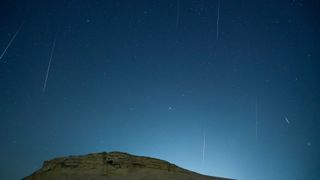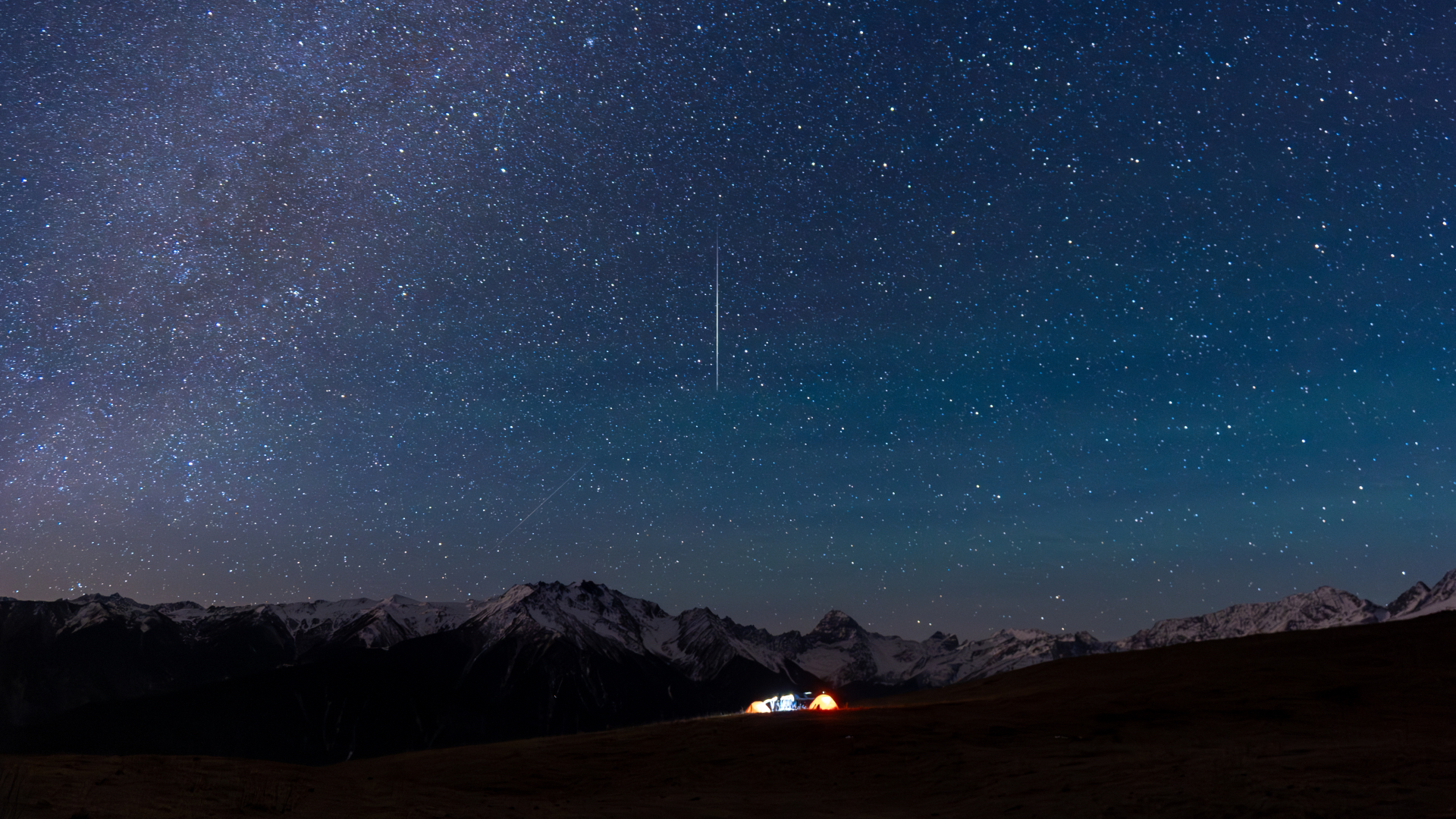Joe Rao is Space.com's skywatching columnist, as well as a veteran meteorologist and eclipse chaser who also serves as an instructor and guest lecturer at New York's Hayden Planetarium. He writes about astronomy for Natural History magazine, Sky & Telescope and other publications. Joe is an 8-time Emmy-nominated meteorologist who served the Putnam Valley region of New York for over 21 years. You can find him on Twitter and YouTube tracking lunar and solar eclipses, meteor showers and more. To find out Joe's latest project, visit him on Twitter.
Latest articles by Joe Rao
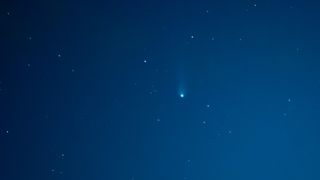
Here's how to see 'horned' comet 12P/Pons-Brooks at its brightest this week (video)
By Joe Rao last updated
All you'll need to see comet 12P/Pons-Brooks this month, besides fair weather and a little luck, are good binoculars or a telescope and sky map to help guide you.

See Jupiter close to a crescent moon (Mars near Saturn, too) in the 'View a Planet Day' night sky
By Joe Rao published
Jupiter and a slim crescent moon are the stand-out night sky sight in the evening sky right now.
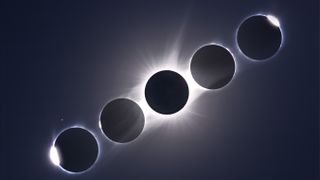
Total solar eclipse 2024: Here's the national weather forecast for April 8
By Joe Rao published
What does the weather look like for the April 8 total solar eclipse? Here we take a look at the national weather forecast to find out.
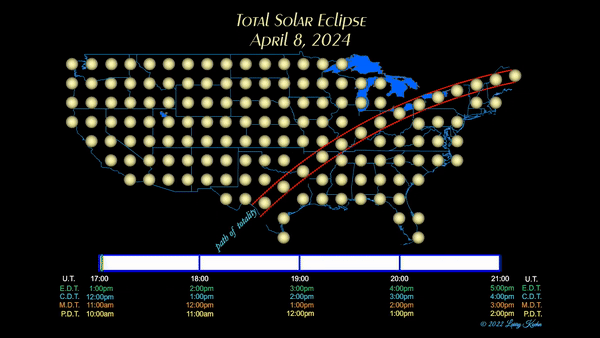
Total solar eclipse April 8, 2024: What you'll see if you're outside the path of totality
By Joe Rao last updated
On April 8, 2024, if the weather is fair, you should have no difficulty observing a partial eclipse of the sun from much of North America - even outside the path of totality.

What happens if it's cloudy for the April 8 solar eclipse?
By Joe Rao last updated
Here's why clouds might not be a big issue for the total solar eclipse on April 8 and what you can see if they decide to make an appearance.
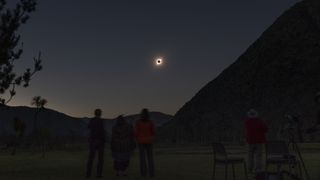
Stars, planets and more will be visible during the total solar eclipse on April 8. Here's where to look
By Joe Rao published
When the total solar eclipse travels across North America on April 8, the skies will darken. Here's what to look for during totality.

How to earn a 'black belt' in solar eclipse chasing
By Joe Rao published
We explore how eclipses repeat and what it takes to earn a 'black belt' in eclipse chasing, according to our skywatching columnist Joe Rao.

Full Worm Moon brings 1st lunar eclipse of 2024 tonight. Here's how to see it
By Joe Rao last updated
Two weeks before the total solar eclipse, during the overnight hours of March 24 - 25, it will be the moon's turn to undergo an eclipse.
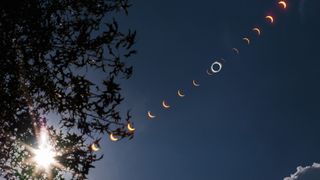
How to give yourself the best chance of clear skies for April 8's solar eclipse
By Joe Rao published
Everyone is hoping for clear skies for the solar eclipse on April 8. Here we look at past examples of when this didn't work out and how to increase your chances of good eclipse weather.
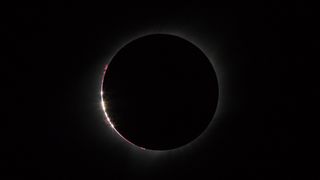
Historical incidents of viewing total eclipses near the edge of totality
By Joe Rao published
As we prepare for the upcoming solar eclipse on April 8, we take a look at some famous incidents of viewing total eclipses near the edge of totality.

How to view a solar eclipse with items from around the home
By Joe Rao published
As the solar eclipse approaches, we take a look at some alternative methods of viewing the eclipse.

Vernal equinox 2024 brings spring to the Northern Hemisphere today
By Joe Rao published
On March 19, the vernal equinox will see spring come to the Northern Hemisphere as the sun reaches the spot where the ecliptic and celestial equator cross each other.
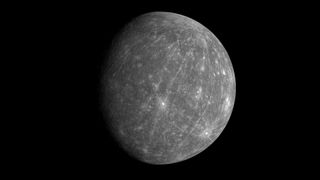
See Mercury at its best in the night sky this month
By Joe Rao published
For those in the Northern Hemisphere, we're in the midst of a fine "window of opportunity" for viewing Mercury in the evening sky throughout March.
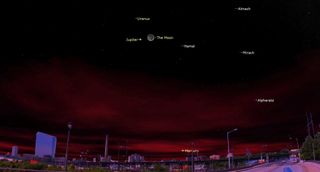
See the crescent moon and Jupiter meet up in the night sky March 13
By Joe Rao published
A waxing crescent moon and the solar system's largest planet Jupiter will meet up in the night sky on Wednesday, March 13.

What will it be like to experience the total solar eclipse 2024?
By Joe Rao published
A total solar eclipse is the greatest show on Earth. Here's what to look for on April 8 to ensure you make the most of the total solar eclipse 2024.
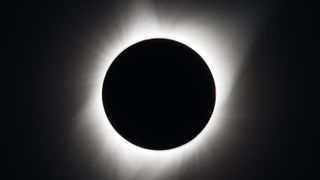
A chronology of the April 8 total solar eclipse
By Joe Rao published
Here we break down the entire chronology of the upcoming total solar eclipse on April 8, beginning one month out.
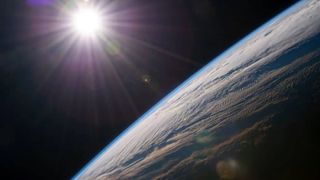
Leap Day: The story behind this quirky calendar event
By Joe Rao last updated
Thursday is Feb. 29 — the bissextle or "leap day," an artifact that dates back to the year 46 B.C. Find out how this calendar oddity came to be.
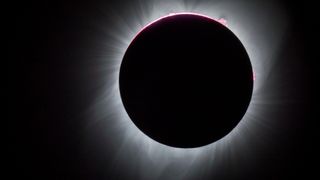
Total solar eclipse April 8, 2024: The longest and most visible for the US in 100 years
By Joe Rao published
The "Great North American Solar Eclipse" of April 8, 2024 will last longer and be more visible than any other total solar eclipses over the past century.

Shadow bands are a solar eclipse mystery (and not everyone sees them)
By Joe Rao last updated
Shadow bands may be the most unusual of the eerie phenomena that can accompany a solar eclipse. Here's what we do and don't know about them.
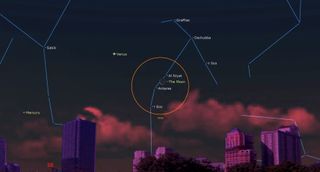
Watch red supergiant star Antares pass behind the moon early on Jan. 8
By Joe Rao published
On Monday, Jan. 8, the waning crescent moon will occult the 1st-magnitude red supergiant star Antares, one of the brightest stars in the sky.
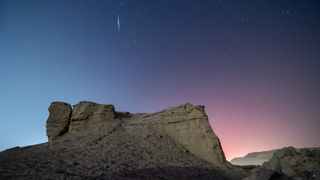
The Quadrantid meteor shower 2024 peaks tonight alongside a bright moon
By Joe Rao published
Early each January, the Quadrantid meteor stream provides one of the most intense annual meteor displays, but unfortunately, there's a stumbling block this year in the form of the moon
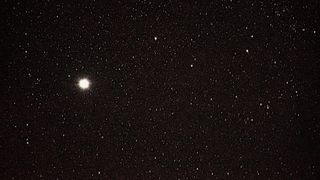
A guide to the solar system's planets in 2024
By Joe Rao published
This guide to the planets in our solar system will show you what to look out for in the sky in 2024.

Winter solstice 2023 is here, bringing the longest night of the year to Northern Hemisphere
By Joe Rao published
Winter in the Northern Hemisphere will officially arrive tonight with the rays of the sun shining directly down on the Tropic of Capricorn.
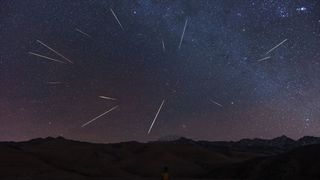
The Geminid meteor shower peaks tonight. Here's what weather you can expect in the US
By Joe Rao published
About half of the contiguous (48) states will have clear, starry skies — a perfect backdrop for watching this very best of the year's principal meteor displays, the Geminid Meteor Shower.
Breaking space news, the latest updates on rocket launches, skywatching events and more!

